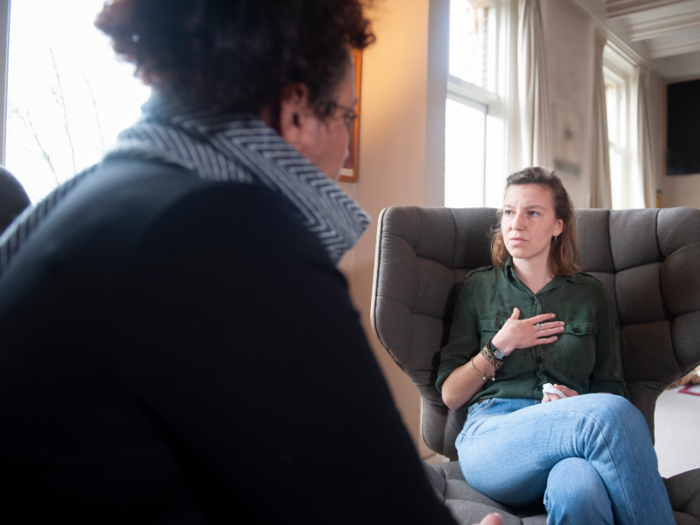
The American Psychological Association identifies certain inner qualities that may contribute to a person's capacity for resilience:
If you are lacking in any of these areas, work on strengthening them through therapy, meditation, and self-improvement practices. This is not an easy process or a quick fix. It might involve working through past traumas, breaking free of cultural or religious conventions, healing family issues, improving time-management skills, and changing life-long habits like procrastination or conflict avoidance.

The rich and famous are no more special than the lonely and destitute. We're all equal in the cosmic scheme of things, regardless of our bank balances or which god we pray to. Recognize that your assumptions about safety and protection are illusions, and practice loosening your grip on them. We can learn a lot from theologies and belief systems that teach about accepting impermanence and practicing non-attachment.

Our projections and emotional investments in celebrities cross national, racial, religious, and cultural lines. A public loss gives us an opportunity to grieve in community, which is something that, in America, we don't often get to do when coping with personal losses. Community grieving opens a door, for a brief moment, to a place where we all stand together, where it feels safe and supportive. Sadly, when the news cycle is over, we go back to our insulated, disconnected lives, until the next tragedy invites us to go through that door again.

In addition to connecting with community, I teach my students and clients to use ritual and ceremony as much as possible. Public memorial displays are a perfect example of this. They move the energy of sadness and pain from within our bodies out into the external world, where it can be seen and shared. Ceremonies like this can also be done privately, by simply lighting a candle, or more elaborate. For some people, prayer and religious ritual is helpful, but rituals like these don't necessarily have to be part of a religious tradition.
Grief is a natural response to loss, and when we feel it, we should honor it. But we can also allow it to expand and educate us. Rather than focusing only on external events, the gift of grief can lead us to inner transformation.
 I'm an interior designer. Here are 10 things in your living room you should get rid of.
I'm an interior designer. Here are 10 things in your living room you should get rid of. A software engineer shares the résumé he's used since college that got him a $500,000 job at Meta — plus offers at TikTok and LinkedIn
A software engineer shares the résumé he's used since college that got him a $500,000 job at Meta — plus offers at TikTok and LinkedIn A 101-year-old woman keeps getting mistaken for a baby on flights and says it's because American Airlines' booking system can't handle her age
A 101-year-old woman keeps getting mistaken for a baby on flights and says it's because American Airlines' booking system can't handle her age The Role of AI in Journalism
The Role of AI in Journalism
 10 incredible Indian destinations for family summer holidays in 2024
10 incredible Indian destinations for family summer holidays in 2024
 7 scenic Indian villages perfect for May escapes
7 scenic Indian villages perfect for May escapes

Copyright © 2024. Times Internet Limited. All rights reserved.For reprint rights. Times Syndication Service.